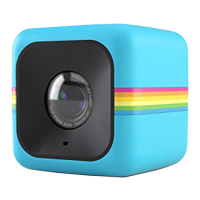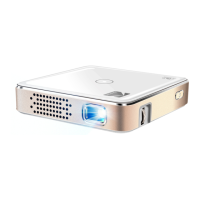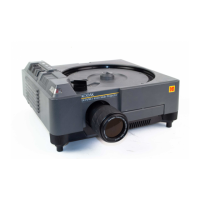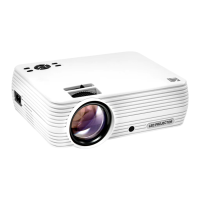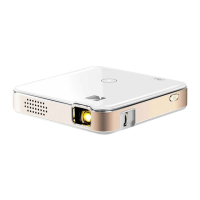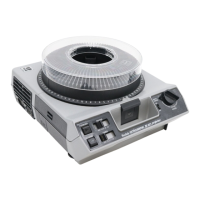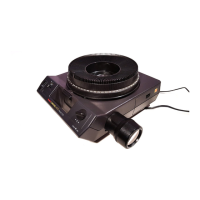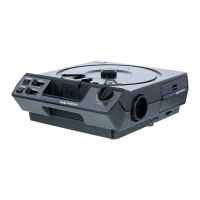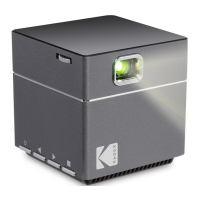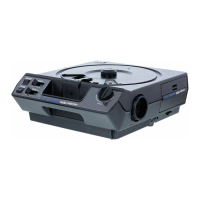The
pictures
on
a
motion
picture
film
arc
so
small
and
are
magnified
so
enormous
ly
on
projection
that
great
care
must
be exercised
at
all
times
to
prevent
scratches
or
other
markings, because
they
are
very
'noticeable
on
the
screen.
It
is
impossible
to
remove
these defects once
they
are
formed.
The
picture
area
of
the
film
should
never
be
handled
in
any
way.
Scratches
are
generally
caused
by
careless
rewinding
of
the
film,
by
"cinching"
it tightly
on
the
reel,
or
by
a
dirty
gate.
Slack film should be
taken
up
by
rewinding
the
film
onto
another
reel
slowly,
and
then
winding
with
an
even
tension
and
at
uniform
speed
back
onto
the first reel.
Never
try
to
take
up
sl
ack
by
holding
a reel in
~
one
hand
and
pulling
the
end
of
the
film
with
the
other,
or
very
bad
"cinch"
marks
will
be
produced.
The
best
and
most
convenient
way
to
keep
Cine
-Kodak
Eight
Film
is
to assemble
the
fifty foot rolls, as soon as received from
the
processing
station,
on
200-foot
Kodascope
Eight
Reels,
and
store
them
in
Koda-
scope
Eight
Film
Cans.
CLEAN1NC:
Sometimes
the
pictures on
the
screen will
appear
cloudy,
flat
and
lack
brilliancy.
This
is
likely
caused
by
an
accumu
l
ation
of oil
and
dirt
on the film.
The
best
way
to
clean
Cine-Kodak
Film
is
to
use
the Cine
Film
Cleaner
which
is
prepared
especially for this
purpose;
it
should be
app
lied
with
the
silk
plush
supplied
with
the
cleaning
outfit.
Caution:
When
cleaning
Kodachrome
Film,
be
sure
to
use
our
Cine
Film Cleaner, as cleaners
containing
aleoho
l
arc
liable
to
remove
some
of the color from the film.
BREAKAGE OF
THE
FILM .
••
If
the film breaks
during
projection
it
may
be
caused
by
an
imperfect
splice
made
previously in
the
film;
or
the
upper
or
lower loop
may
have
been too
sma
ll.
If
the film breaks, stop the
Kodascope
immediately
by
turning
the
LAMP
SWITClI
on the
back
of
the
Kodascope
(page
7) to
o.ff.
If
you
do
not
want
to take the time to splice the film,
projection
may
be
continued
by
means
of
the
"tuck
-und
er"
method.
Unwind
about
a foot
of
film from
the
TAKE-UP
REEL.
Bring
the
other
end
of
the
film
through
the
Koda-
scope in the
same
manner
as
when
threading
the
film, see pages 4 to 7.
13
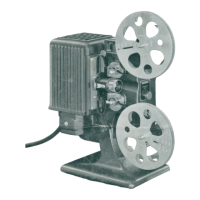
